Arjun Mukherjee
ESPERANTO: Evaluating Synthesized Phrases to Enhance Robustness in AI Detection for Text Origination
Sep 22, 2024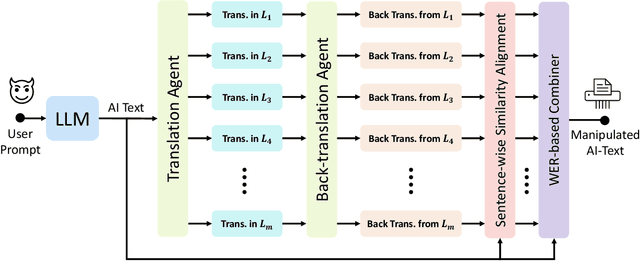
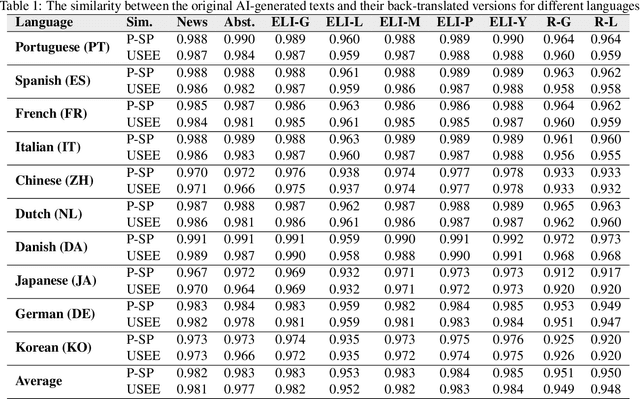

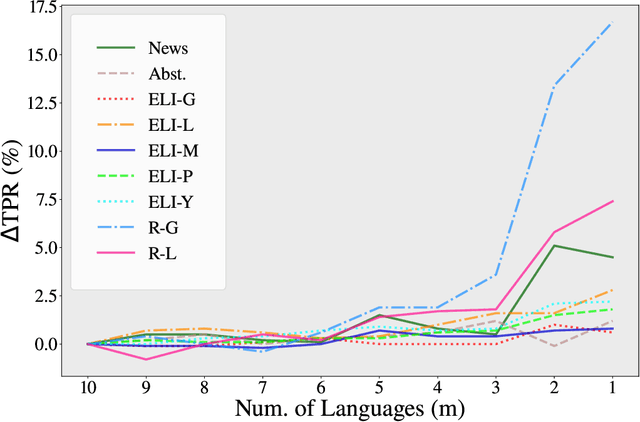
Abstract:While large language models (LLMs) exhibit significant utility across various domains, they simultaneously are susceptible to exploitation for unethical purposes, including academic misconduct and dissemination of misinformation. Consequently, AI-generated text detection systems have emerged as a countermeasure. However, these detection mechanisms demonstrate vulnerability to evasion techniques and lack robustness against textual manipulations. This paper introduces back-translation as a novel technique for evading detection, underscoring the need to enhance the robustness of current detection systems. The proposed method involves translating AI-generated text through multiple languages before back-translating to English. We present a model that combines these back-translated texts to produce a manipulated version of the original AI-generated text. Our findings demonstrate that the manipulated text retains the original semantics while significantly reducing the true positive rate (TPR) of existing detection methods. We evaluate this technique on nine AI detectors, including six open-source and three proprietary systems, revealing their susceptibility to back-translation manipulation. In response to the identified shortcomings of existing AI text detectors, we present a countermeasure to improve the robustness against this form of manipulation. Our results indicate that the TPR of the proposed method declines by only 1.85% after back-translation manipulation. Furthermore, we build a large dataset of 720k texts using eight different LLMs. Our dataset contains both human-authored and LLM-generated texts in various domains and writing styles to assess the performance of our method and existing detectors. This dataset is publicly shared for the benefit of the research community.
Seeing Through AI's Lens: Enhancing Human Skepticism Towards LLM-Generated Fake News
Jun 20, 2024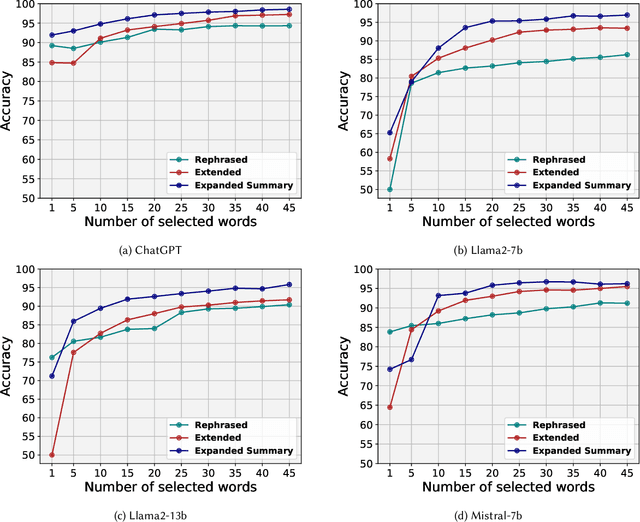
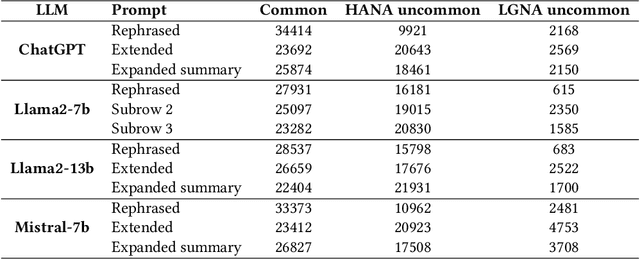

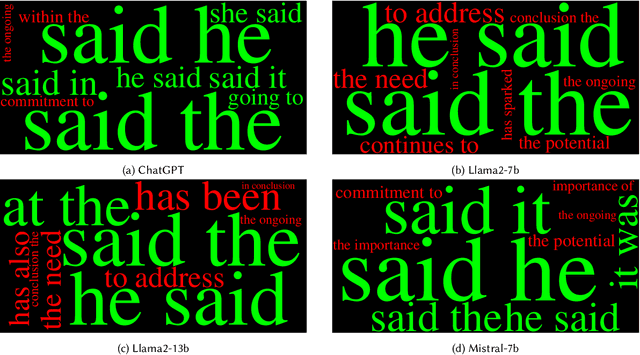
Abstract:LLMs offer valuable capabilities, yet they can be utilized by malicious users to disseminate deceptive information and generate fake news. The growing prevalence of LLMs poses difficulties in crafting detection approaches that remain effective across various text domains. Additionally, the absence of precautionary measures for AI-generated news on online social platforms is concerning. Therefore, there is an urgent need to improve people's ability to differentiate between news articles written by humans and those produced by LLMs. By providing cues in human-written and LLM-generated news, we can help individuals increase their skepticism towards fake LLM-generated news. This paper aims to elucidate simple markers that help individuals distinguish between articles penned by humans and those created by LLMs. To achieve this, we initially collected a dataset comprising 39k news articles authored by humans or generated by four distinct LLMs with varying degrees of fake. We then devise a metric named Entropy-Shift Authorship Signature (ESAS) based on the information theory and entropy principles. The proposed ESAS ranks terms or entities, like POS tagging, within news articles based on their relevance in discerning article authorship. We demonstrate the effectiveness of our metric by showing the high accuracy attained by a basic method, i.e., TF-IDF combined with logistic regression classifier, using a small set of terms with the highest ESAS score. Consequently, we introduce and scrutinize these top ESAS-ranked terms to aid individuals in strengthening their skepticism towards LLM-generated fake news.
The Looming Threat of Fake and LLM-generated LinkedIn Profiles: Challenges and Opportunities for Detection and Prevention
Jul 21, 2023



Abstract:In this paper, we present a novel method for detecting fake and Large Language Model (LLM)-generated profiles in the LinkedIn Online Social Network immediately upon registration and before establishing connections. Early fake profile identification is crucial to maintaining the platform's integrity since it prevents imposters from acquiring the private and sensitive information of legitimate users and from gaining an opportunity to increase their credibility for future phishing and scamming activities. This work uses textual information provided in LinkedIn profiles and introduces the Section and Subsection Tag Embedding (SSTE) method to enhance the discriminative characteristics of these data for distinguishing between legitimate profiles and those created by imposters manually or by using an LLM. Additionally, the dearth of a large publicly available LinkedIn dataset motivated us to collect 3600 LinkedIn profiles for our research. We will release our dataset publicly for research purposes. This is, to the best of our knowledge, the first large publicly available LinkedIn dataset for fake LinkedIn account detection. Within our paradigm, we assess static and contextualized word embeddings, including GloVe, Flair, BERT, and RoBERTa. We show that the suggested method can distinguish between legitimate and fake profiles with an accuracy of about 95% across all word embeddings. In addition, we show that SSTE has a promising accuracy for identifying LLM-generated profiles, despite the fact that no LLM-generated profiles were employed during the training phase, and can achieve an accuracy of approximately 90% when only 20 LLM-generated profiles are added to the training set. It is a significant finding since the proliferation of several LLMs in the near future makes it extremely challenging to design a single system that can identify profiles created with various LLMs.
Deception Detection with Feature-Augmentation by soft Domain Transfer
May 01, 2023Abstract:In this era of information explosion, deceivers use different domains or mediums of information to exploit the users, such as News, Emails, and Tweets. Although numerous research has been done to detect deception in all these domains, information shortage in a new event necessitates these domains to associate with each other to battle deception. To form this association, we propose a feature augmentation method by harnessing the intermediate layer representation of neural models. Our approaches provide an improvement over the self-domain baseline models by up to 6.60%. We find Tweets to be the most helpful information provider for Fake News and Phishing Email detection, whereas News helps most in Tweet Rumor detection. Our analysis provides a useful insight for domain knowledge transfer which can help build a stronger deception detection system than the existing literature.
Claim Verification using a Multi-GAN based Model
Mar 24, 2021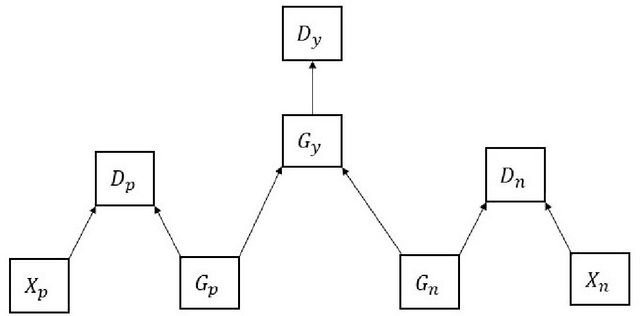
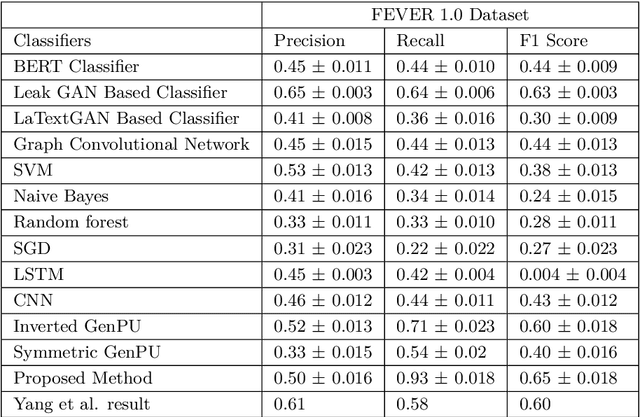
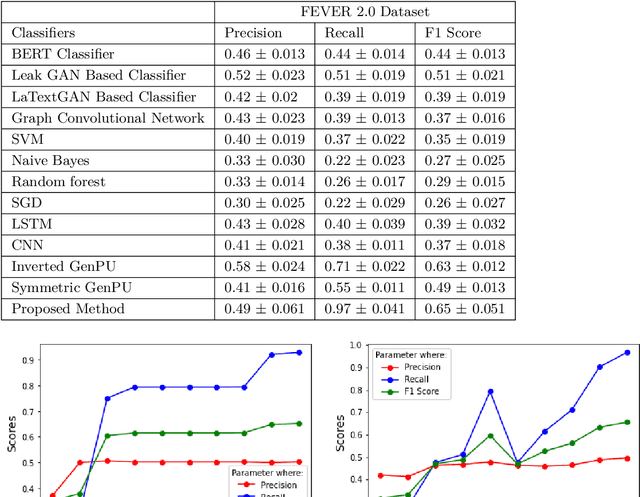
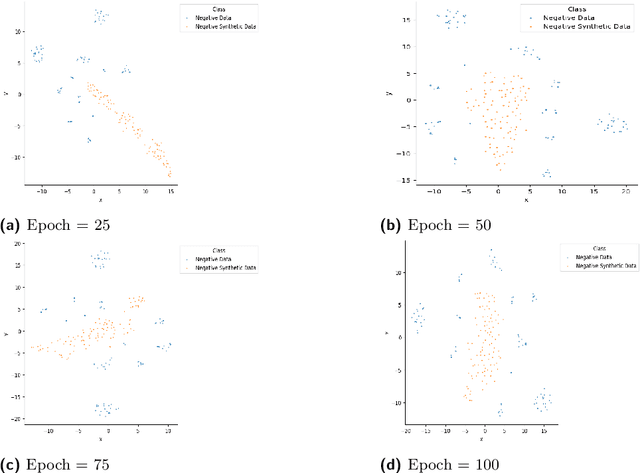
Abstract:This article describes research on claim verification carried out using a multiple GAN-based model. The proposed model consists of three pairs of generators and discriminators. The generator and discriminator pairs are responsible for generating synthetic data for supported and refuted claims and claim labels. A theoretical discussion about the proposed model is provided to validate the equilibrium state of the model. The proposed model is applied to the FEVER dataset, and a pre-trained language model is used for the input text data. The synthetically generated data helps to gain information which helps the model to perform better than state of the art models and other standard classifiers.
Improving Authorship Verification using Linguistic Divergence
Mar 12, 2021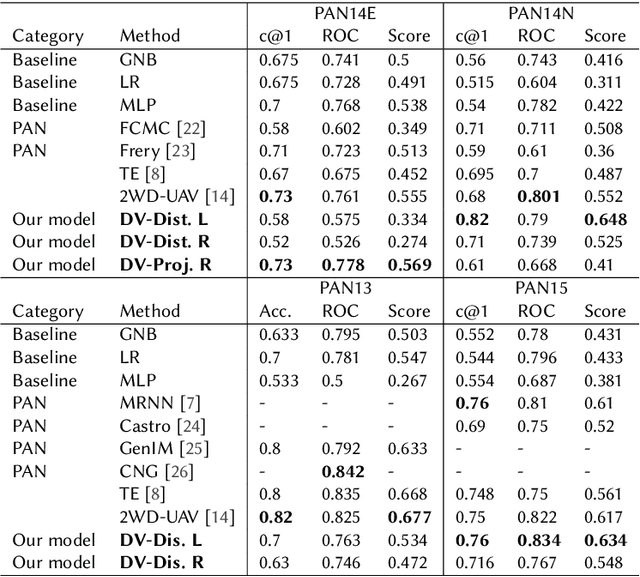


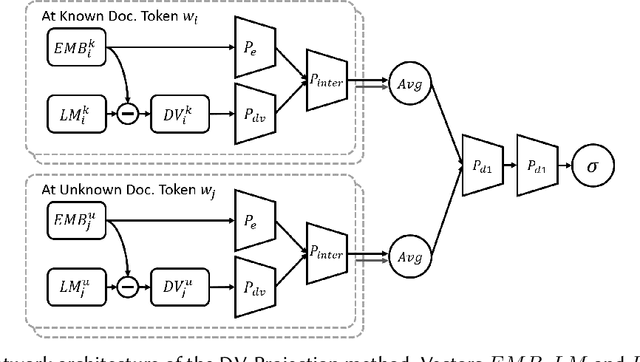
Abstract:We propose an unsupervised solution to the Authorship Verification task that utilizes pre-trained deep language models to compute a new metric called DV-Distance. The proposed metric is a measure of the difference between the two authors comparing against pre-trained language models. Our design addresses the problem of non-comparability in authorship verification, frequently encountered in small or cross-domain corpora. To the best of our knowledge, this paper is the first one to introduce a method designed with non-comparability in mind from the ground up, rather than indirectly. It is also one of the first to use Deep Language Models in this setting. The approach is intuitive, and it is easy to understand and interpret through visualization. Experiments on four datasets show our methods matching or surpassing current state-of-the-art and strong baselines in most tasks.
Multi-Aspect Sentiment Analysis with Latent Sentiment-Aspect Attribution
Dec 15, 2020
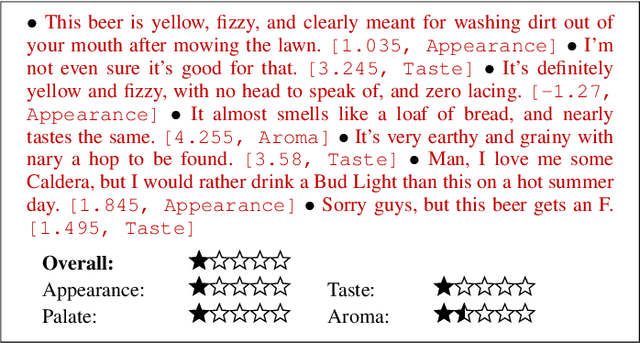
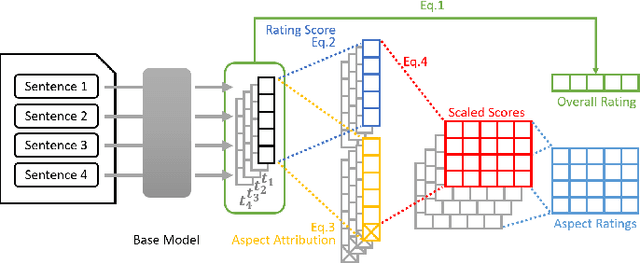
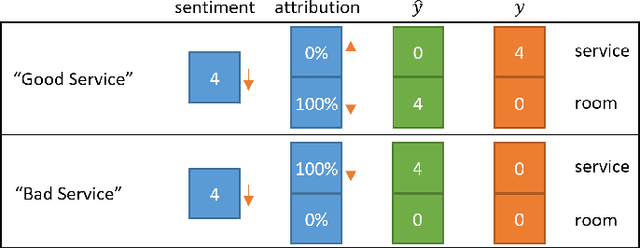
Abstract:In this paper, we introduce a new framework called the sentiment-aspect attribution module (SAAM). SAAM works on top of traditional neural networks and is designed to address the problem of multi-aspect sentiment classification and sentiment regression. The framework works by exploiting the correlations between sentence-level embedding features and variations of document-level aspect rating scores. We demonstrate several variations of our framework on top of CNN and RNN based models. Experiments on a hotel review dataset and a beer review dataset have shown SAAM can improve sentiment analysis performance over corresponding base models. Moreover, because of the way our framework intuitively combines sentence-level scores into document-level scores, it is able to provide a deeper insight into data (e.g., semi-supervised sentence aspect labeling). Hence, we end the paper with a detailed analysis that shows the potential of our models for other applications such as sentiment snippet extraction.
Towards Demystifying Dimensions of Source Code Embeddings
Sep 29, 2020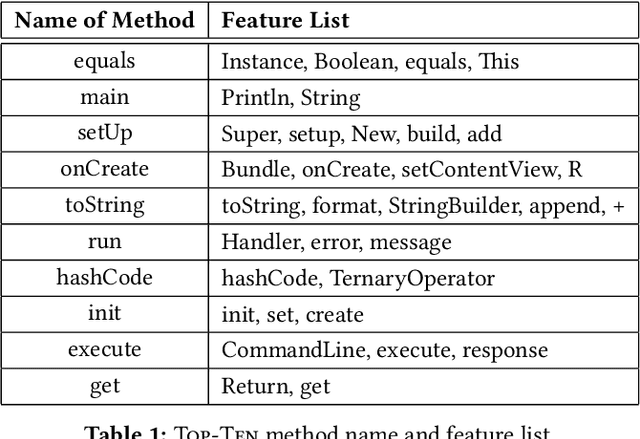

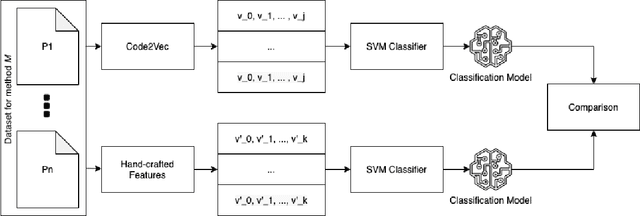
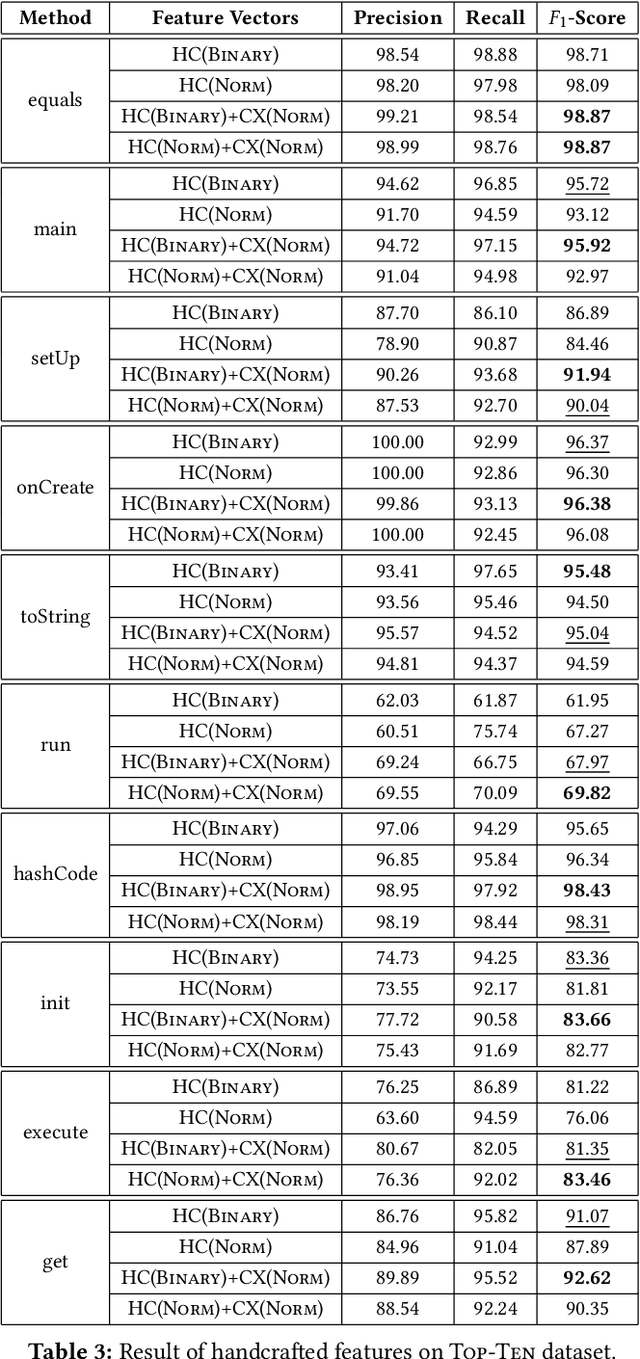
Abstract:Source code representations are key in applying machine learning techniques for processing and analyzing programs. A popular approach in representing source code is neural source code embeddings that represents programs with high-dimensional vectors computed by training deep neural networks on a large volume of programs. Although successful, there is little known about the contents of these vectors and their characteristics. In this paper, we present our preliminary results towards better understanding the contents of code2vec neural source code embeddings. In particular, in a small case study, we use the code2vec embeddings to create binary SVM classifiers and compare their performance with the handcrafted features. Our results suggest that the handcrafted features can perform very close to the highly-dimensional code2vec embeddings, and the information gains are more evenly distributed in the code2vec embeddings compared to the handcrafted features. We also find that the code2vec embeddings are more resilient to the removal of dimensions with low information gains than the handcrafted features. We hope our results serve a stepping stone toward principled analysis and evaluation of these code representations.
Experiments in Extractive Summarization: Integer Linear Programming, Term/Sentence Scoring, and Title-driven Models
Aug 01, 2020
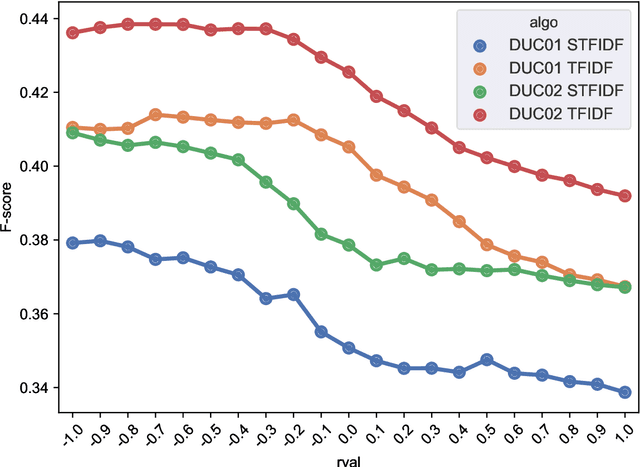
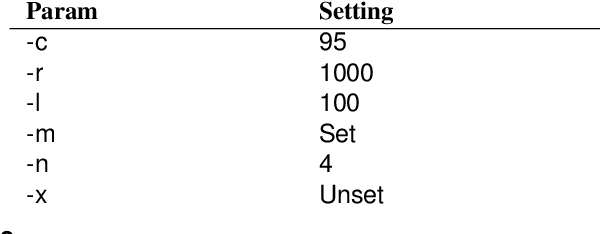
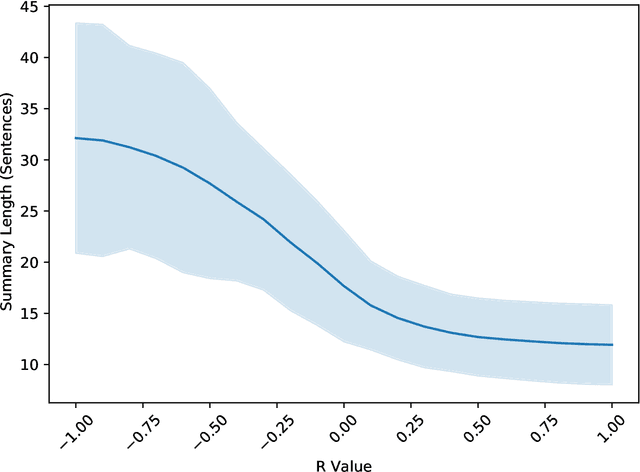
Abstract:In this paper, we revisit the challenging problem of unsupervised single-document summarization and study the following aspects: Integer linear programming (ILP) based algorithms, Parameterized normalization of term and sentence scores, and Title-driven approaches for summarization. We describe a new framework, NewsSumm, that includes many existing and new approaches for summarization including ILP and title-driven approaches. NewsSumm's flexibility allows to combine different algorithms and sentence scoring schemes seamlessly. Our results combining sentence scoring with ILP and normalization are in contrast to previous work on this topic, showing the importance of a broader search for optimal parameters. We also show that the new title-driven reduction idea leads to improvement in performance for both unsupervised and supervised approaches considered.
Birds of a Feather Flock Together: Satirical News Detection via Language Model Differentiation
Jul 04, 2020
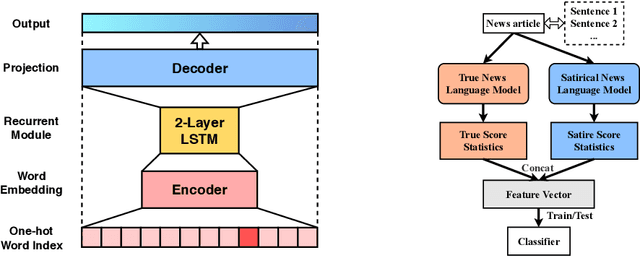

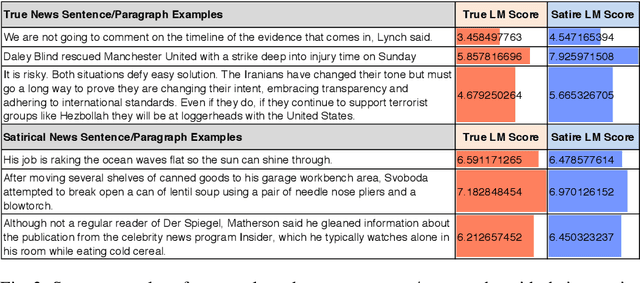
Abstract:Satirical news is regularly shared in modern social media because it is entertaining with smartly embedded humor. However, it can be harmful to society because it can sometimes be mistaken as factual news, due to its deceptive character. We found that in satirical news, the lexical and pragmatical attributes of the context are the key factors in amusing the readers. In this work, we propose a method that differentiates the satirical news and true news. It takes advantage of satirical writing evidence by leveraging the difference between the prediction loss of two language models, one trained on true news and the other on satirical news, when given a new news article. We compute several statistical metrics of language model prediction loss as features, which are then used to conduct downstream classification. The proposed method is computationally effective because the language models capture the language usage differences between satirical news documents and traditional news documents, and are sensitive when applied to documents outside their domains.
 Add to Chrome
Add to Chrome Add to Firefox
Add to Firefox Add to Edge
Add to Edge